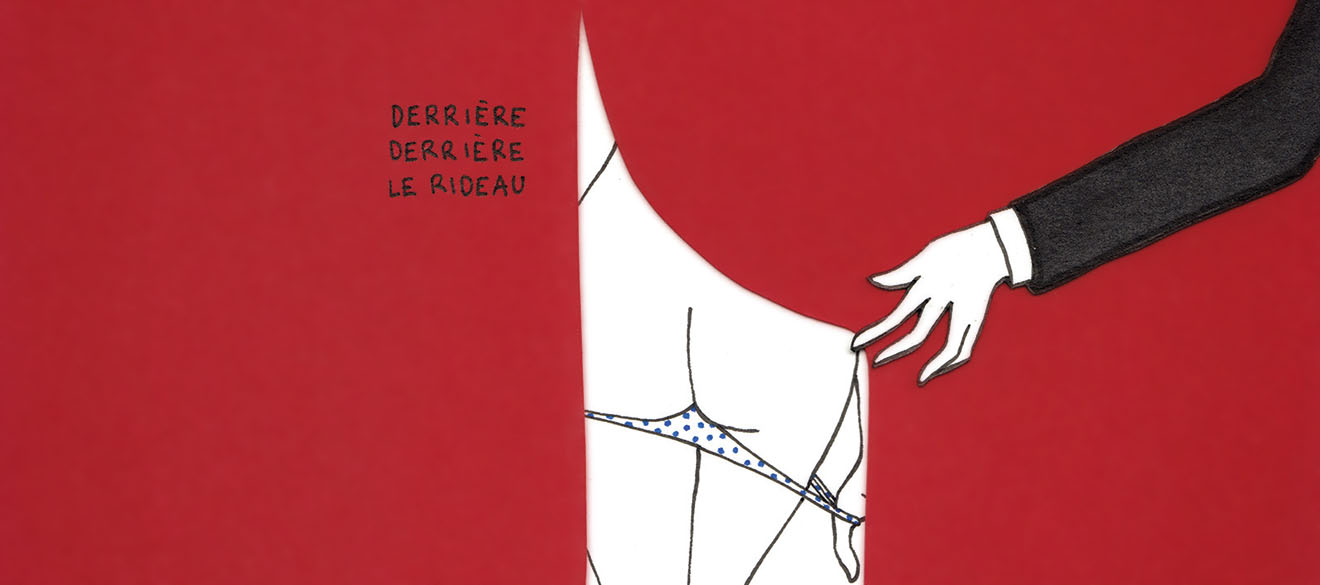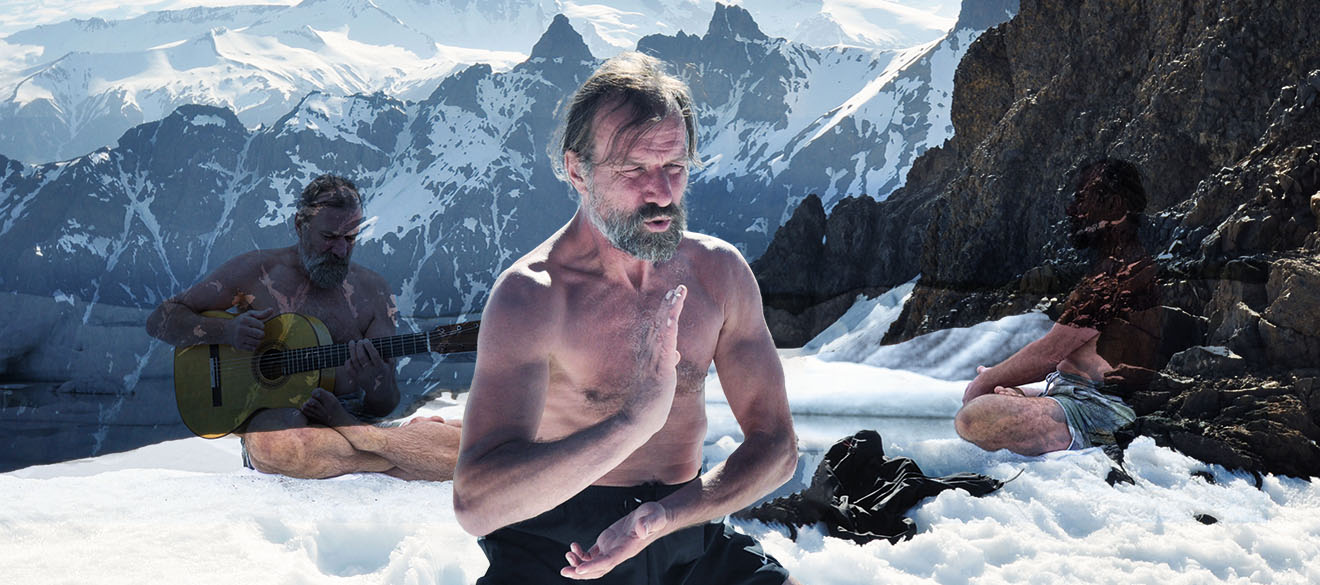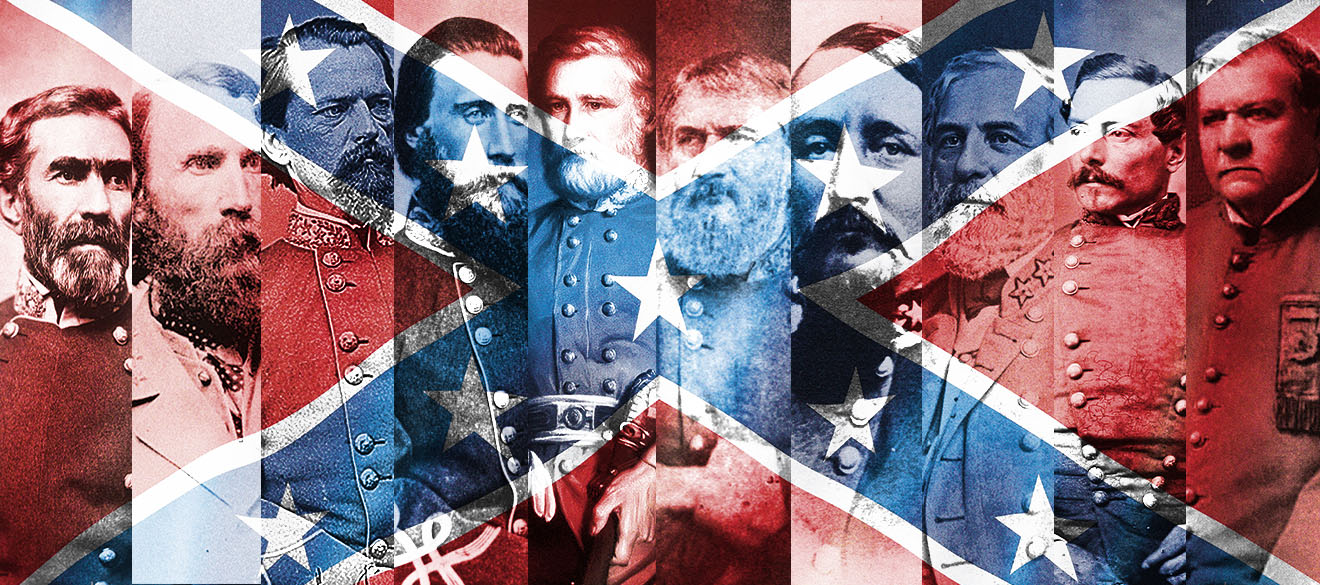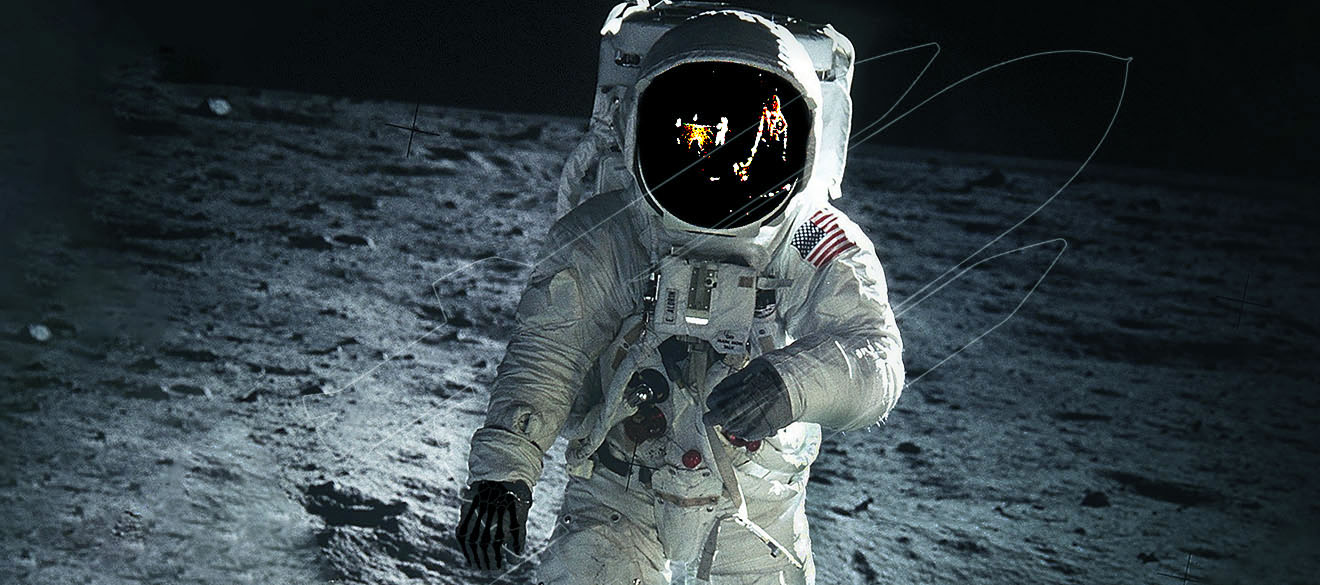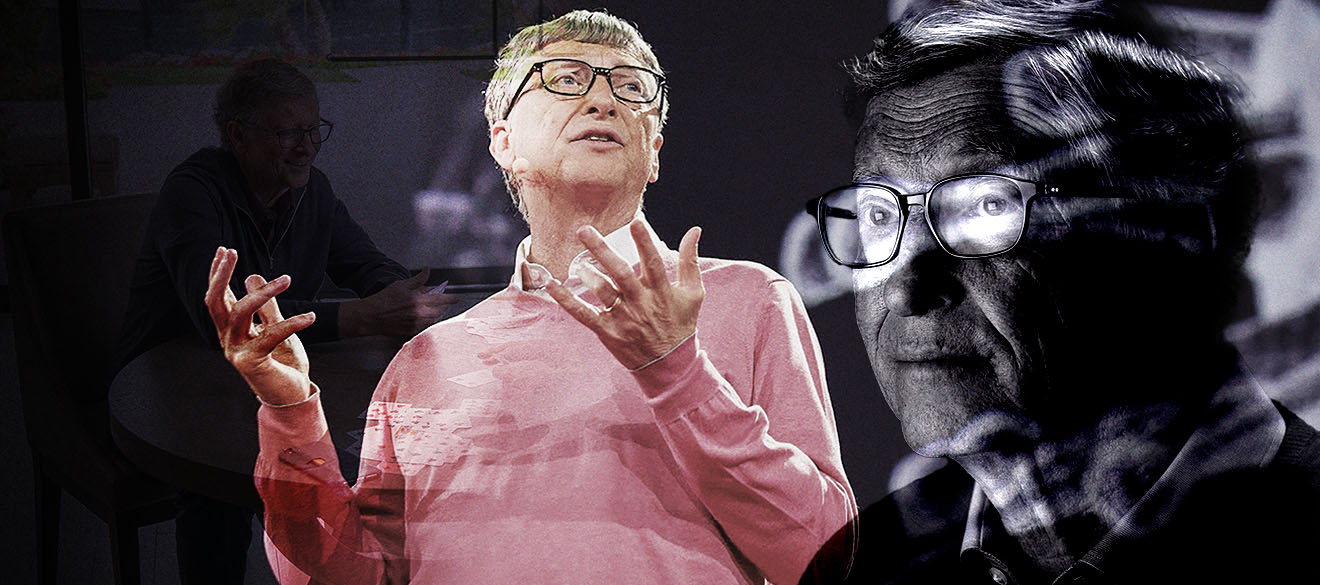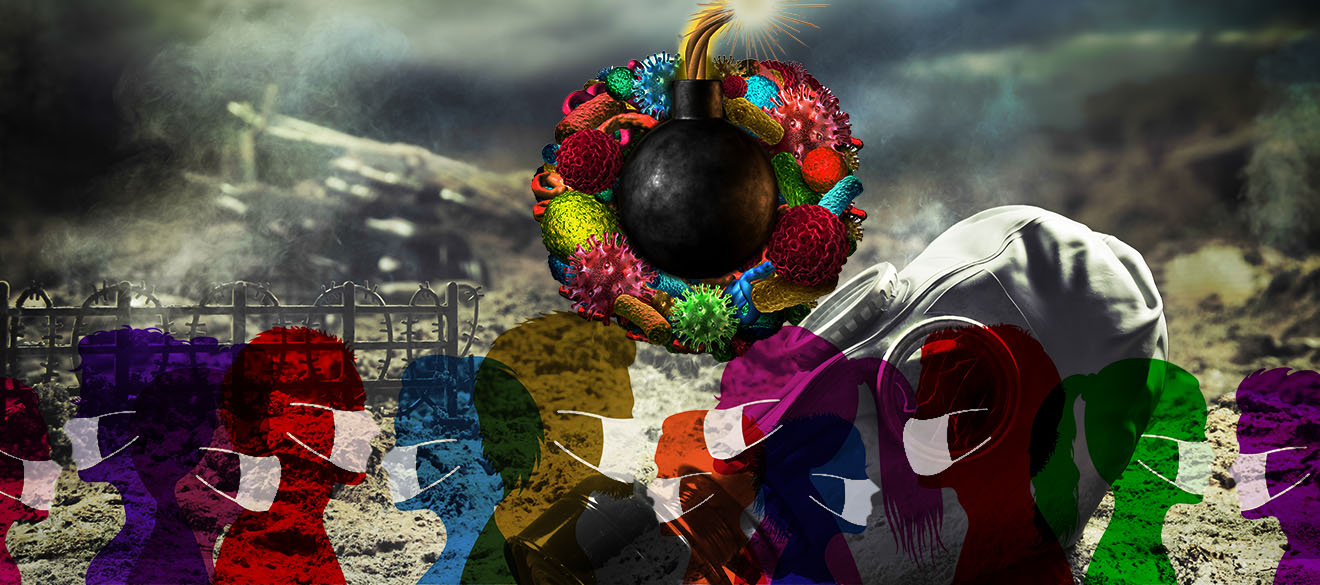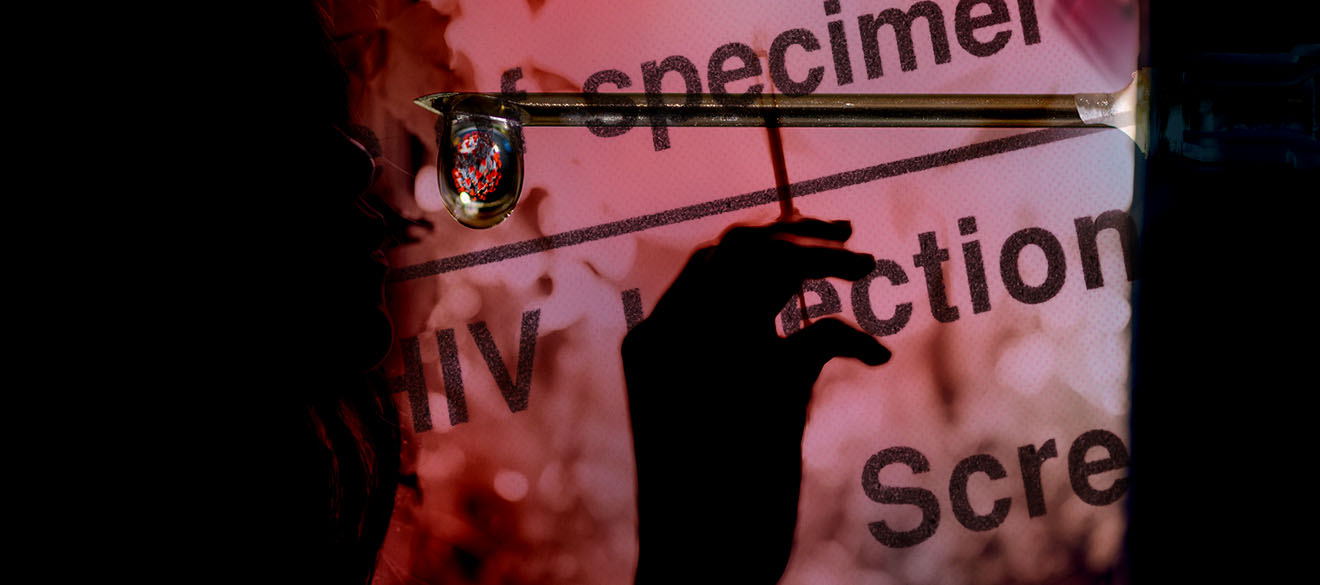Ever wish you could predict the future? Bill Gates can.
“If anything kills over 10 million people in the next few decades, it’s most likely to be a highly infectious virus rather than a war. Not missiles, but microbes. Now, part of the reason for this is that we’ve invested a huge amount in nuclear deterrents. But we’ve actually invested very little in a system to stop an epidemic. We’re not ready for the next epidemic,” the Microsoft co-founder said at a TED talk in Vancouver in 2015.
Gates, the second richest person in the world with more than $113 billion in assets, has also put his money where his mouth is through the Bill and Melinda Gates Foundation.
Established at the turn of the century and endowed with close to US$50 billion in assets, it has created financial incentives for the pharmaceutical industry to develop vaccines and therapies to address cholera, typhoid, malaria, polio, HIV/AIDS, diarrhea, and other diseases that continue to kill millions in the developing world.
More recently, the Gates Foundation announced a US$250 million donation for COVID-19 research and relief — ten times more than Gates’ protege Mark Zuckerberg pledged, yet only a quarter of the billion-dollar pledge made by Twitter founder Jack Dorsey. Nonetheless, Gates, who has donated more than $50 billion since 1994 and on paper plans to give away another $100 billion before he passes, is not only the most generous person in the world but the most generous person who ever lived.
But in recent months, Gates, 64, has also become one of the most hated people in the world. According to conspiracy theorists, he is an Emperor Palpatine-like character who has masterfully convinced us of his benevolence, while secretly plotting to implant microchips in people through COVID-19 vaccines in a plot for global surveillance and population control.
Since resurfacing on YouTube, Gate’s TED talk has been seen more than 64 million times and has been used by anti-vaxxers to argue Gates had foreknowledge of COVID-19, and that he cooked up the virus in his lab. Theories linking Gates to the pandemic were mentioned 1.2 million times on television and social media between February and April, making misinformation about the tech baron-cum-philanthropist the most widely spread COVID-19 falsehood, according to media intelligence company Zignal Labs. The second most popular conspiracy theory blames the pandemic on 5G wireless technology and towers.
Investigations by reputable fact-checkers like The Poynter Institute, First Draft, and the American Broadcasting Company that have shown time and time again no evidence exists to back the microchipping theory have not blunted the resolve of the anti-Gates camp. In the U.S., 44 percent of Republicans and 19 percent of Democrats believe Gates is out to get them, according to a survey by Yahoo News.
“Sometimes conspiracies are true. They are not conspiracy theories They are conspiracy facts,” tweeted Michelle Malkin, a political commentator with 2.2 million followers who’s been denounced by Jewish groups because of her support of Holocaust denialists. “There was a poll this week, I can’t remember how many people…what the number was…but it shows [an] increasing number of people have stood up and said I will not take the Gates Vaccine. I will not bow down to jackbooted globalists,” Malkin wrote.
The Bill Gates conspiracy movement introduces some very interesting questions: Why are so many people, many of them educated and worldly, so willing to believe a man committed to ending poverty and saving lives is the devil incarnate? What does Gates himself make of all this? And is there anything fundamentally wrong with a billionaire subsiding the healthcare that governments have failed to provide?
ABOVE SCRUTINY
Not only is Gates the world’s most generous man, but he’s also the smartest, according to Inside Bill’s Brain, a hit new Netflix docuseries. Gates is capable of reading “150 pages per hour” with “90 percent retention” and has a mind like a “CPU,” the series claims, citing his “encyclopedic assessment” of mosquitoes and how these insects transmit disease.
Inside Bill’s Brain also paints Gates as a man with a heart of gold. “Three million times a year parents are burying children because of diarrhea. And in the world where I am spending time in, I’ve never met a single parent who had to bury his child because it died from diarrhea,” Gates said of the moment he decided to reinvent toilets in the developing world.
However, Inside Bill’s Brain is not an objective documentary. It is a carefully calibrated public-relations stunt created, directed, and narrated by a close personal friend who glosses over the back story of how Gates got so bloody rich to begin with: by using monopoly tactics in the software sector that eventually compelled Microsoft to pay billions in fines and settlements for breaching antitrust laws.
“There are not too many people who can be Darth Vader and Luke Skywalker at the same time,” says Dana Gardner, an analyst who has covered Microsoft for more than a decade, told PC World magazine. “To a lot of people, he was the evil empire. He stifled innovation and creativity. He was aggressive in business. Not just aggressive, but hyperaggressive.”
The Gates public-relations juggernaut is not limited to Netflix. Since the pandemic began, Gates has thrust himself into the spotlight as a global vaccination figurehead, appearing on TV, and penned op-ed pages for the likes of The Washington Post that criticize the Trump administration for its lackadaisical handling of the outbreak.
Gates has also criticized the Trump administration for withdrawing funding for the World Health Organization (WHO), whch publicly praised the Chinese Communist Party for a “speedy response” to the new novel coronavirus. However, it was later discovered China labored to cover up the virus in the beginning — a move contagious disease experts say made the pandemic 20 times worse than it would otherwise have been.
Interestingly, the U.S. funding cut made the Gates Foundation WHO’s largest single donor to a tune of $150 million per year, giving Gates even more clout to shape his global health agenda. Inasmuch Gates has shown that philanthropy is a clear path to power and that the healthcare of billions of people is wholly dependent on unelected billionaires like himself.
“I do not think that most billionaire philanthropists have bad intentions, quite the opposite in fact,” says Gwilym David Blunt, a lecturer in international politics at the University of London. “[But] we should ask why we don’t have stronger international organizations that are not beholden to wealthy states or persons [because] too many people in the world have to rely on the generosity of philanthropists. It’s a stark illustration of the gap between the very rich and the very poor.
“You might say that the world is a better place for having billionaire philanthropists in it,” Blunt argues. “That is true. But no one with such power can be above scrutiny.”
BOGEYMAN FOR THEORISTS
Being skeptical about the benevolence of billionaires is reasonable. But writing (or believing) reports by untrained journalists and anonymous bloggers who claim Gates tests his vaccines on Africa’s poorest, maiming and killing thousands of little kids, is not. Nevertheless, misinformation has in recent months proved to be as contagious as COVID-19.
Kate Pine, an adjunct professor at Arizona State University studying psychological reactions to COVID-19, says people are more willing to believe outlandish claims when “they’re inundated with information, but they don’t have the information they want.”
John Cook, an expert on misinformation with George Mason University in Virginia concurs. “When people feel threatened or out of control or they’re trying to explain a big significant event, they’re more vulnerable or prone to turning to conspiracy theories to explain them,” he wrote in an essay for The Conversation. “It gives people more sense of control to imagine that rather than random things happening, there are these shadowy groups and agencies that are controlling it,” he wrote, adding: “Randomness is very discomforting.”
Matthew Hornsey, a social psychologist at the University of Queensland, argues the uncertainty of COVID-19 and restrictions of individual freedoms created a “perfect storm” for conspiracy theories. This includes anxieties about mass surveillance and COVID-19 government apps that exacerbate fears about the potential for microchipping.
“The fear of insertion of tracking chips and other things like that into our bodies has been a longstanding bogeyman for theorists,” says Mark Fenster, a University of Florida law professor. “There is a lot of tracking that goes on. But the suggestion that it’s being used in this manner and this way seems absurd.”
And while it may sound like a conspiracy theory, the Russian government is partly to blame for the Gates-microchip conspiracy, too. In May, the head of the Russian Communist party said “globalists” were supporting “a covert mass chip implantation” agenda. A U.S. State Department report recently found Russia is spreading misinformation about COVID-19 through “state proxy websites.” Don’t trust the U.S. government? Well, you shouldn’t. But the website of Zvezda, a TV channel run by Russia’s ministry of defense, claims “the head of Microsoft held a conditional exercise called Event 201, which simulated an outbreak of a new virus that killed 65 million people in 18 months.” The simulation did take place, but at Johns Hopkins Center for Health Security, the world’s leading authority on contagious diseases. And it was designed to help governments plan fast and effective responses — not as a dry run in an evil plot to eradicate an unwanted chunk of the human population.
For a long time, Gates refused to comment on the online war being waged against him, leaving it up to employees like Mark Suzman, CEO of the Gates Foundation, to put things right. “It’s distressing that there are people spreading misinformation when we should all be looking for ways to collaborate and save lives,” Suzman said. “Right now, one of the best things we can do to stop the spread of Covid-19 is spread the facts.”
But in June, Gates finally let her rip. “It is troubling that there is so much craziness,” he told the BBC. “When we develop the [COVID-19] vaccine we will want 80 percent of the population to take it, and if they have heard it is a plot and we don’t have people willing to take the vaccine that will let the disease continue to kill people.
“We are just giving money away, we write the checks,” Gates insisted. “We do think about let’s protect children against disease, but it is nothing to do with microchips and that type of stuff. You almost have to laugh.”
EYES WIDE SHUT
Part of the appeal of conspiracies is that their creators tend to be outsiders — independent sources who generally lack relevant experience and expertise but consider themselves the only ones in the world smart enough to see a higher truth.
Conspiracy theories are self-serving because they “can never be disproven,” explains Jennifer Mercieca, author of Demagogue for President: The Rhetorical Genius of Donald Trump. “He who wields conspiracy is very powerful because he can point suspicion in any direction he likes.”
But when conspiracies are exposed by reputable sources and backed up with detailed numerical research that takes time and patience to absorb, the public uptake is much slower — if at all, according to Cook from George Mason University. “Our brains are built for making quick snap judgments. It’s really hard for us to take the time and effort to think through things, fact-check, and assess,” he says.
The Bill Gates’s Charity Paradox, a lengthy investigation published by The Nation, offers a textbook example. The author, investigative journalist Tim Schwab, looked into more than 19,000 different charitable grants made by the Gates Foundation. His findings are startling.
In the past 20 years, the Gates Foundation made philanthropic grants worth $2 billion to multibillion-dollar corporations like GlaxoSmithKline, Unilever, IBM, and NBC Universal Media. Schwab also found around $250 million in grants given to companies in which the Gates Foundation holds shares or bonds: Merck, Novartis, GlaxoSmithKline, Vodafone, Sanofi, Ericsson, LG, Medtronic, and Teva, to name a few. “A foundation giving a charitable grant to a company that it partly owns — and stands to benefit from financially — would seem like an obvious conflict of interest,” Schwab wrote.
The Gates Foundation refused to answer Schwab’s questions, saying only that “grants are implemented through a mixture of nonprofit and for-profit partners, making it difficult to evaluate exact spending.”
No Such Thing as a Free Gift, a book by University of Essex sociology professor Linsey McGoey, also uncovered huge philanthropic grants made by The Gates Foundation to for-profit companies, including a $19 million donation to a Mastercard affiliate in 2014 to promote the usage of “financial products by poor adults.”
“It’s been a quite unprecedented development, the amount that the Gates Foundation is gifting to corporations,” McGoey wrote. “I find that flabbergasting.”
Even more alarming is the fact that all these grants are tax deductions.
“By Bill and Melinda Gates’s estimations, they have seen an 11 percent tax savings on their $36 billion in charitable donations through 2018, resulting in around $4 billion in avoided taxes,” Schwab wrote. “[But] independent estimates from tax scholars…indicate that multibillionaires see tax savings of at least 40 percent. For Bill Gates, [that] would amount to $14 billion — when you factor in the tax benefits that charity offers to the super rich.”
Despite the multibillion tax trick Schwab’s investigation unearthed, The Bill Gates’s Charity Paradox It’s been mentioned by more than one person. Maybe change to “has been mentioned by few on Twitter, including: Titus Frost, an anonymous self-declared “journalist” and “researcher” with more than 20,000 followers. His tweet on Schwab’s investigation generated nine likes from his followers, the same number generated by another post Frost shared headlined “Pirates Versus Gay Pedo Wizards.” Meanwhile, the #ExposeBillGates hashtag has been retweeted more than 178,000 occasions and accompanied by claims Gates is plotting to block out the sun.
HOW TO ARGUE WITH FOOLS
I’m at a bar talking to a woman. She is well-traveled and has interesting things to say. But when the topic of COVID-19 comes up, she brushes her hand through the air to indicate it’s all nonsense. “I will never take the coronavirus vaccine,” she says. “I don’t need it. I can cure myself. If I have children, I will never let them get vaccinated with anything.”
I ask if she was vaccinated against measles, whooping cough, and polio as a child. She says she was.
“Those vaccines probably saved your life or in the case of polio, your legs,” I tell her. “You benefitted from them but now hate them? And you won’t let your children benefit in the same way?”
“I can cure myself,” she repeats. “Anyone can. We have natural immunity. Look at a tree. If you cut a branch off, it doesn’t go running to the hospital. It secretes sap to heal itself.”
I am tempted to tell her she’s a moron who couldn’t cure a rasher of bacon let alone a virus that has baffled every single scientist on the planet. But I know nothing I say is going to change her mind, so I mumble an excuse about being late for something and take my leave.
“It’s hard to argue with conspiracy theorists because their theories are self-sealing,” says Cook of George Mason University. “Even the absence of evidence for a theory becomes evidence for the theory.”
But other experts say it is possible to argue with conspiracy theorists — and to change their minds.
The one thing you should not do when trying to debunk a conspiracy theory is to take poke fun at it or repost it on social media while poking fun at it, writes Whitney Phillips, co-author of You Are Here: A Field Guide for Navigating Polluted Information.
“Making fun of something spreads that thing just as quickly as sharing it sincerely would [because] the information ecology doesn’t give a shit [about] why anyone does what they do online. Sharing is sharing is sharing,” Phillips says, adding that respectful engagement is far more effective.
“From there you can aim your debunking at a target, like shooting a water gun through a hole in a fence,” she argues. “There’s no guarantee the person will be convinced by your correction, but at least the message is going to land where they can see it. Hooting jokes about the theory, in contrast, is like throwing a bucket of water at the same fence. You might make an impression on passersby, but otherwise, all you’ll have is splashback.”
Is detailed research-based argument — the method I have used in this article — a better way to sway the minds of conspiracy theorists?
Not according to Professor Mark Lorch, who teaches public engagement and science communication at the University of Hull in the U.K., who cites the popular science-entertainment TV show Mythbusters to prove his point: “You might be tempted to take a lead from popular media by tackling misconceptions and conspiracy theories via the myth-busting approach. Naming the myth alongside the reality seems like a good way to compare the fact and falsehoods side by side so that the truth will emerge. But it appears to elicit something that has come to be known as ‘the backfire effect’ whereby the myth ends up becoming more memorable than the fact.”
A more effective strategy, Lorch says, is to altogether ignore the myth or conspiracy theory and get straight to the point with short, sharp, accurate jabs.
In the case of the woman I spoke with who thinks she can cure COVID-19 and vaccines are harmful, what I should’ve said, according to this expert, is that “vaccines are safe and reduce your chances of getting the flu by 50 and 60 percent. Full stop. Next subject. What do you think about Bill Gates?”





